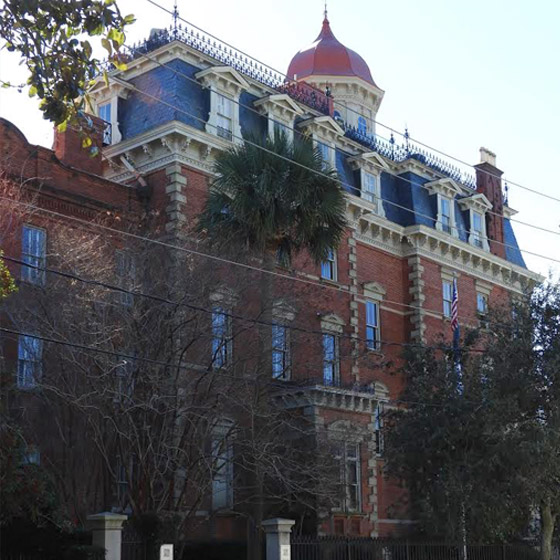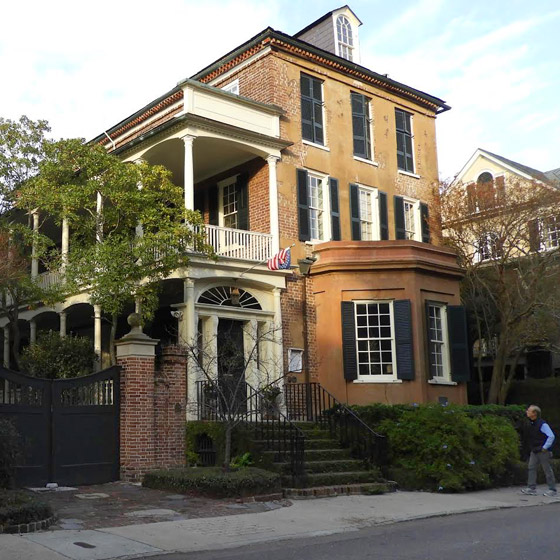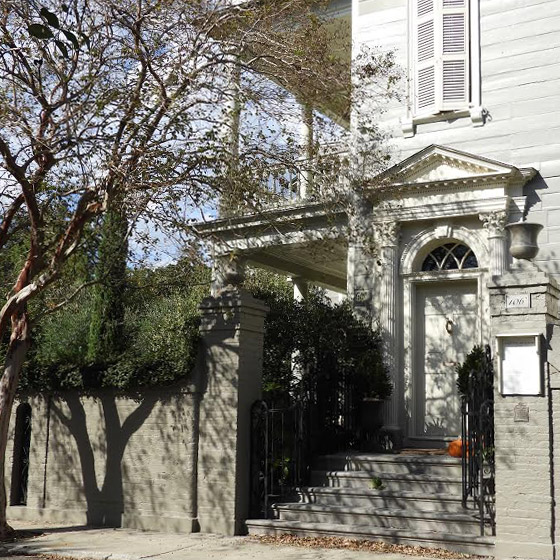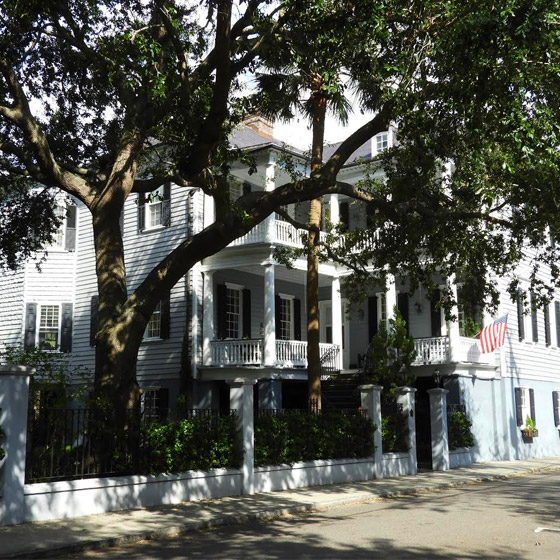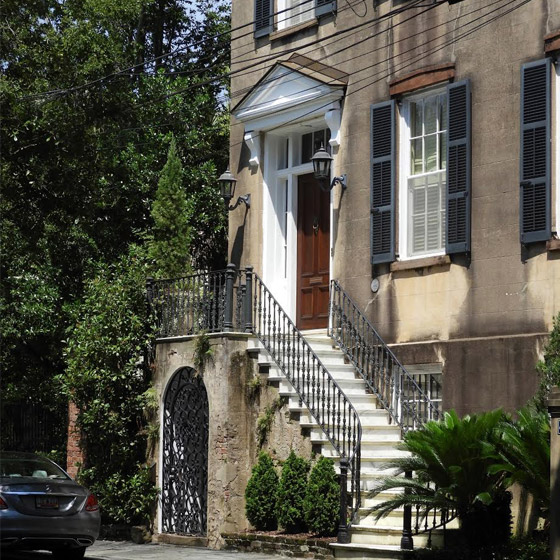The Rodgers Mansion is right down the street and around the corner from the Mikell House that we visited last week. Built at a time when money was scarce in the south and most Charlestonians had embraced the "too poor to paint and too proud to whitewash" reality of life here, Francis Silas Rodgers gave Charleston one of its grandest homes.
Frank Rodgers was born in Charleston in 1842 and went into the cotton factoring business with his father. A factor was simply a broker or middleman; most cotton planters used cotton factors located in major ports like Charleston to sell their exports. Even after the Civil War, sea island cotton was a viable export in the South until the early part of the twentieth century when the boll weevil came along.

